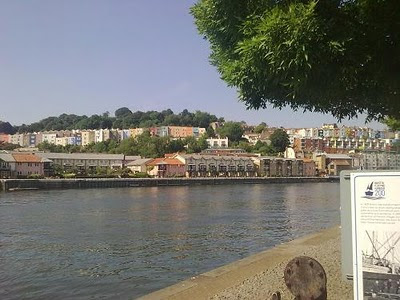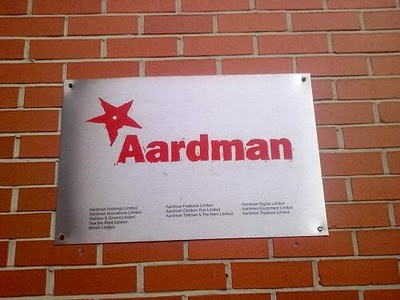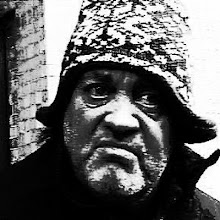Yesterday I was forced to walk around Bristol, so today I'm going to subject you to a pictorial walkabout.

Above we have a fine representation of what is termed the Bristol Byzantine style of architecture, which is more redolent of the Doge's Palace in Venice. Built in 1869, The Granary became a jazz club under the management for Acker Bilk before transforming into a rock venue in the 60s, having hosted a number of stars before they became famous - such as Deep Purple, Yes, Genesis, etc. Today it's a restaurant and apartments.
 The blue, orange, yellow, grey and Victorian buildings you can see in the background are typical of Bristol. There are several places in the city where this eclectic, multicoloured style can be seen, from Totterdown to Cliftonwood.
The blue, orange, yellow, grey and Victorian buildings you can see in the background are typical of Bristol. There are several places in the city where this eclectic, multicoloured style can be seen, from Totterdown to Cliftonwood. These charming cottages were once inhabited by the lock keepers at the main entrance to the Port of Bristol at Hotwells.
These charming cottages were once inhabited by the lock keepers at the main entrance to the Port of Bristol at Hotwells.
Above you can see Brunel's SS Great Britain to the right and the Matthew on the extreme left. The Matthew is supposed to be a replica of John Cabot's ship in which he sailed to America in 1497. Cabot sailed westward to try to find China, but was stopped by a land mass we currently call the USA. Almost nothing is known about the Matthew and thus the word replica is used in it loosest sense and it no more faithful to the original than a Werther.

This is a building built by Lloyds Bank during the period they were heavily investing their money (I used the word 'their' in an extremely ironic manner) in the toxic assets that resulted in the global financial melt-down. I call this style of architecture Reichstag Baroque and it pays more than a passing nod to the designs of Albert Speer. You can just imagine the red swastika emblazoned banners hanging down from the balconies. There is ample room in the large plaza for a political rally or two.

Above we have a humorous reference to Isambard Kingdom Brunel, who must surely take the a prize for one of the most flamboyant set of forenames in history. He was named after both his French father (Sir Marc Isambard Brunel) and his English mother (Sophia Kingdom).

Above is one of Bristol's most famous companies, which was responsible for sending a dog and a Lancastrian to the moon on a very small budget.


No comments:
Post a Comment